Final Fantasy Series Review: Core Titles and Legacy up to XVI
This comprehensive review explores every mainline Final Fantasy title from I to XVI, detailing their innovations, stories, and impact on gaming. Discover the evolution of the series, key spin-offs like Tactics and Crisis Core, and how remakes keep these legends alive for new generations.
Final Fantasy: A Review of the Core Titles up to XVI
Mainline Final Fantasy Series (I-XVI)
Final Fantasy I (1987)
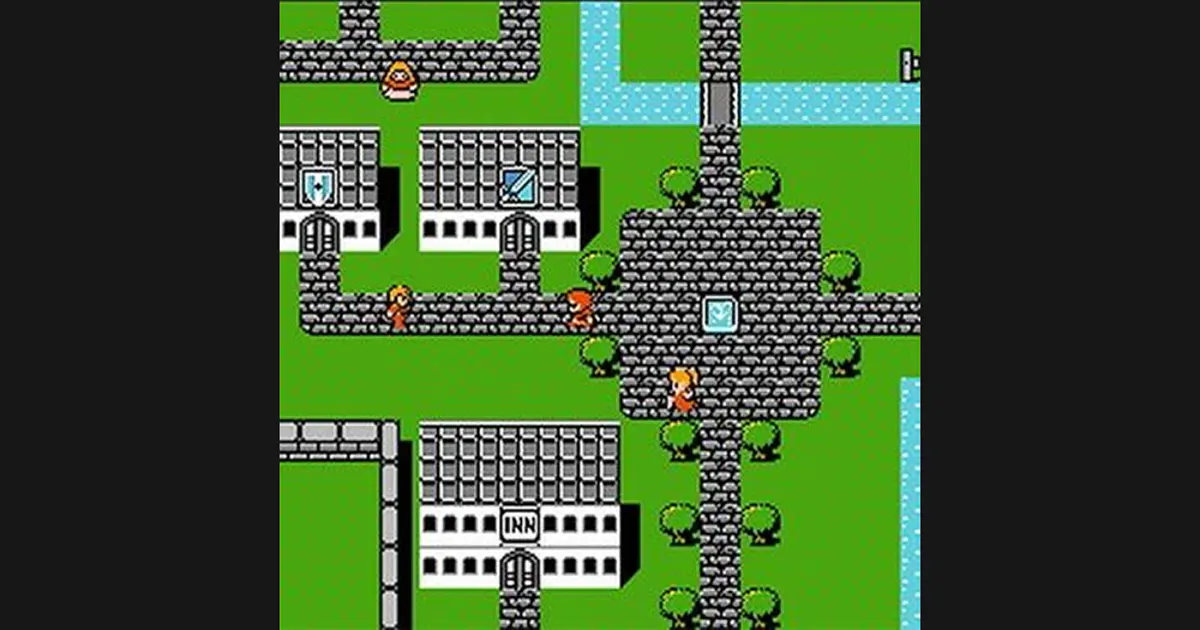
The inaugural Final Fantasy I laid the foundation for the fantasy RPG franchise. The game centers on four Warriors of Light, each carrying elemental crystals that have lost their shine due to evil elemental fiends. The heroes embark on a quest to restore the crystals and save the world. Created by Hironobu Sakaguchi during a critical time for Square, it defied expectations and became a major success. FFI introduced several innovations to console RPGs: a vast explorable world with towns and dungeons, turn-based menu combat, a character class system (warrior, mage, thief, etc.) with mid-game upgrades, and the iconic airship for travel. These features became genre standards. The game was well received and later remade and re-released across numerous platforms. Today, Final Fantasy I is recognized as one of the most influential RPGs on the NES, credited with popularizing the genre and saving Square from bankruptcy, while establishing series staples like crystals, magical classes, and the epic clash of light and darkness.
Final Fantasy II (1988)
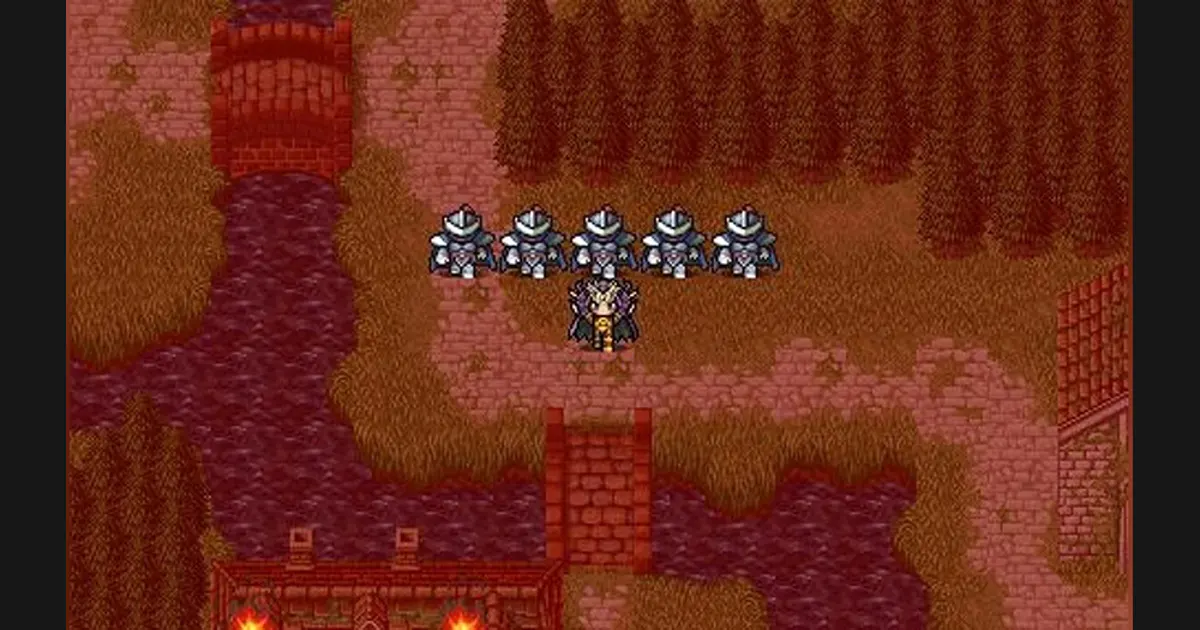
Final Fantasy II continued the tradition of standalone stories, introducing a new world. Three young heroes-Firion, Maria, and Guy-join the resistance against the Palamecian Empire after their hometown is destroyed. FFII is notable for introducing now-iconic elements: chocobo mounts and the recurring character Cid. The game boldly abandoned the classic level-based progression for a skill-based system: characters improve in weapons or spells through use, a "learn by doing" mechanic later seen in the SaGa series. FFII also delivered a more developed, dramatic tale of rebellion, loss, and friendship. While warmly received in Japan for its narrative, the unconventional progression system divided players. Officially released in the West only in compilations and remakes, FFII is now appreciated for its ambitious storytelling and experimental spirit.
Final Fantasy III (1990)
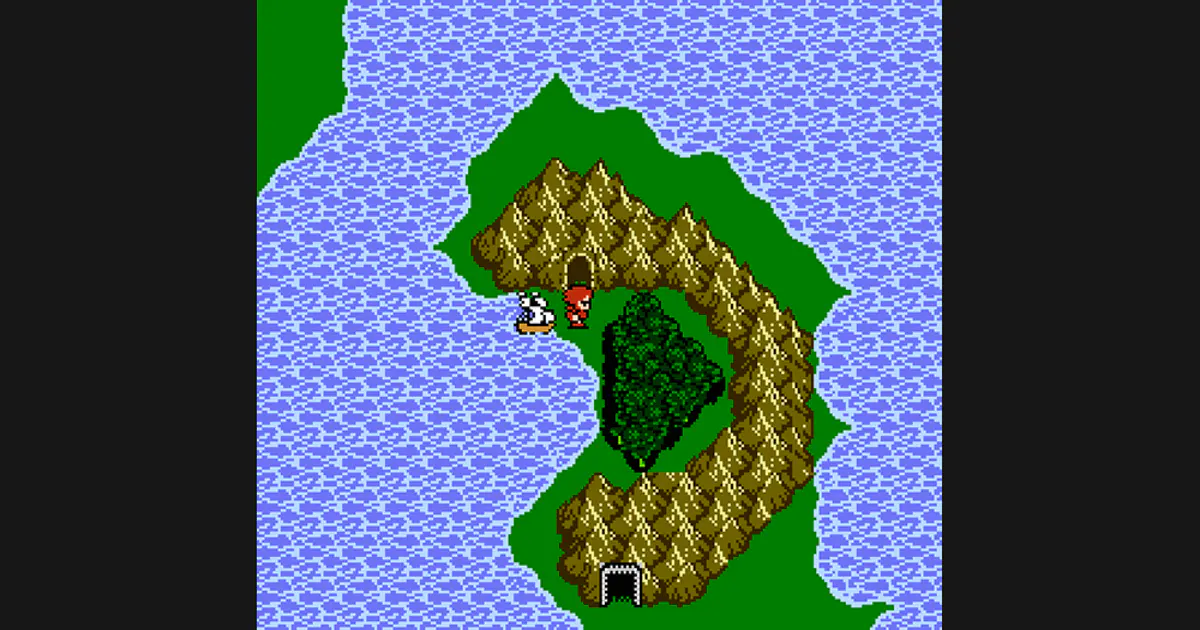
Final Fantasy III returned to the series' roots while innovating further. FFIII debuted the flexible Job-Change system, letting players swap character classes at will and develop new abilities. The story again follows four orphaned heroes chosen by the Crystal of Light to restore balance after darkness invades. The classic experience system returned, battles were streamlined, and quality-of-life features like auto-targeting were added. FFIII also introduced Summons-spells to call forth powerful creatures. Signature abilities like Steal (Thief) and Jump (Dragoon) first appeared here. Though the original was Japan-exclusive until the 2006 DS remake, FFIII's legacy endures: its job system and summons became core to the franchise DNA.
Final Fantasy IV (1991)
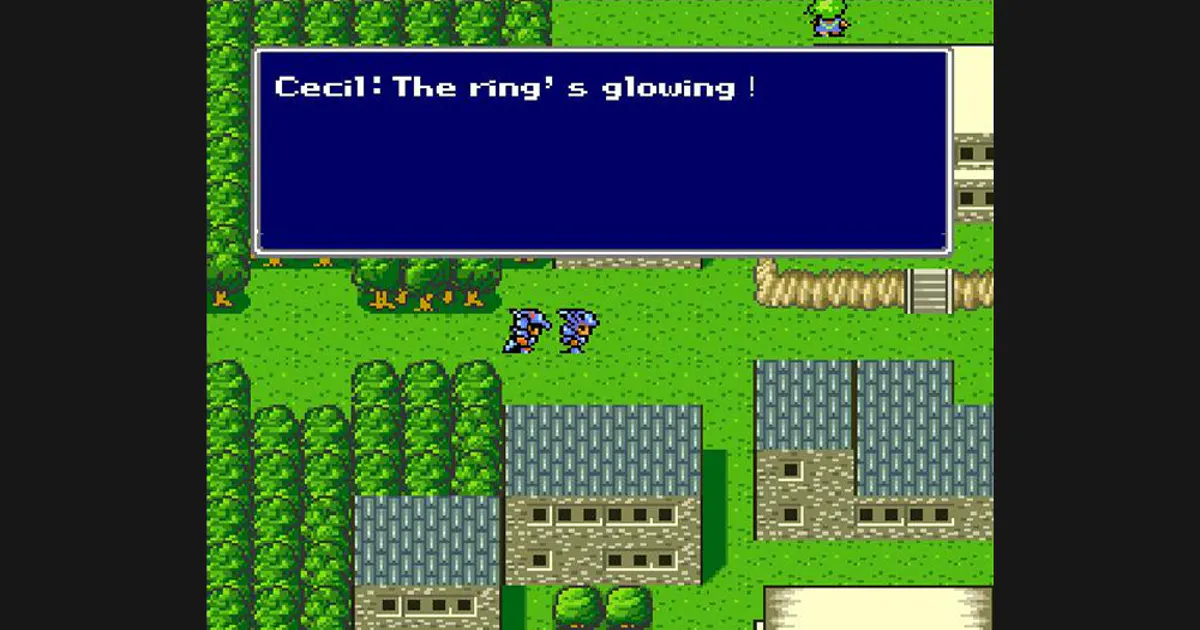
Final Fantasy IV's 16-bit debut on the SNES marked a leap in narrative and gameplay. Set in a classic medieval world, FFIV featured deeply developed characters and a dramatic plot. The story follows Cecil Harvey, a dark knight and airship captain, on a journey of redemption from darkness to light. FFIV pioneered the groundbreaking Active Time Battle (ATB) system, adding real-time elements to turn-based combat. Teams could now have up to five unique characters, requiring tactical strategy. With voiced dialogue (in the Japanese version) and cinematic presentation, FFIV set the standard for narrative-driven JRPGs and inspired many successors.
Final Fantasy V (1992)
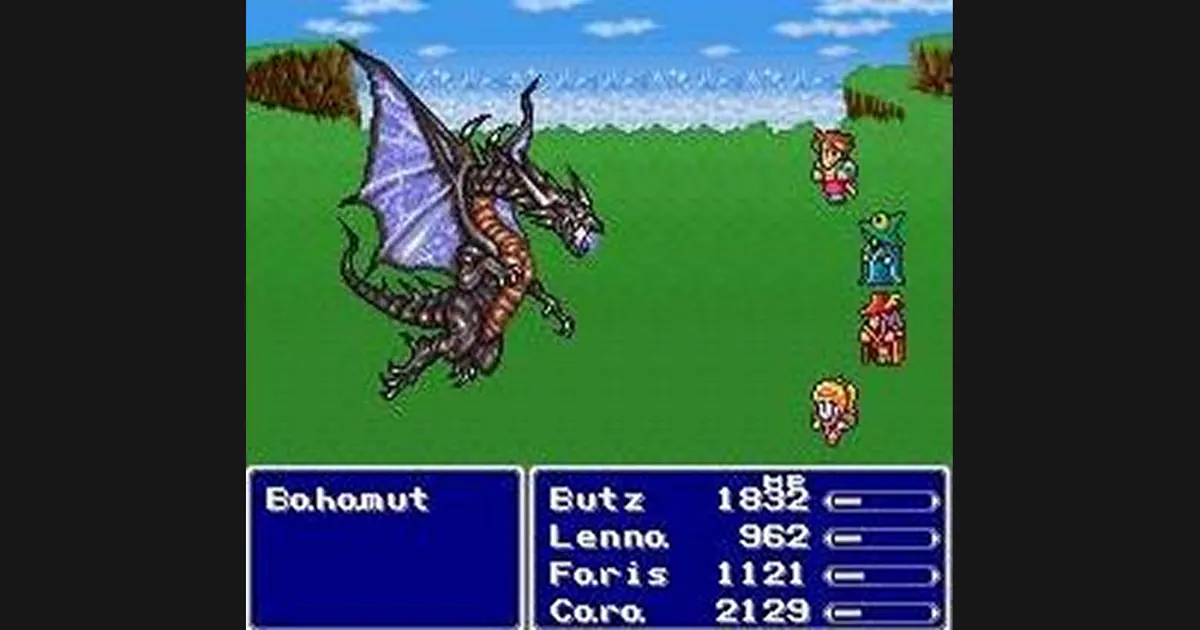
Final Fantasy V returned to the theme of crystals and refined previous innovations, especially its robust Job System. The story follows adventurer Bartz and his companions as they try to save four elemental crystals from the villain Exdeath. FFV's flexible job system allowed players to switch classes at almost any time, mastering over 20 professions and combining skills for deep tactical customization. New jobs like Blue Mage (which learns enemy spells) and the recurring character Gilgamesh made their debut. While the story was lighter and more humorous, the gameplay depth made FFV a cult favorite and influenced later titles, including Final Fantasy Tactics and MMO entries.
Final Fantasy VI (1994)
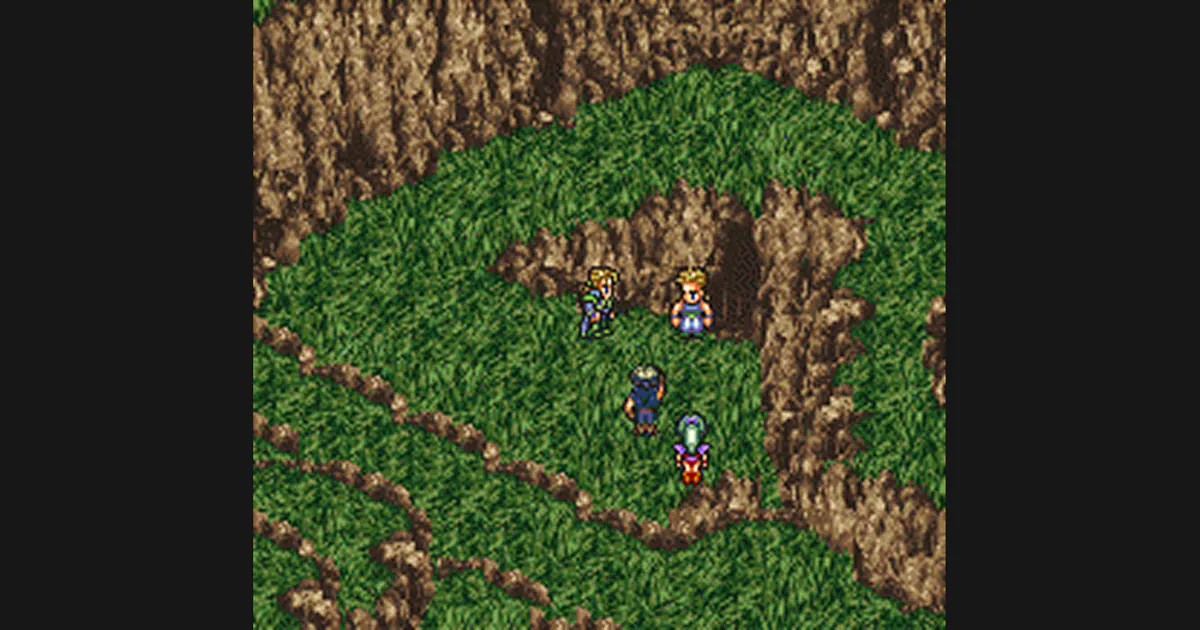
Final Fantasy VI capped off the 16-bit era as a masterpiece of Japanese RPGs. Its world blends fantasy and steampunk, featuring magic, Magitek armor, and industrial cities. The game boasts an ensemble cast-there's no single main character-and explores themes of freedom and tyranny. Notably, the villain Kefka succeeds in destroying the world halfway through, leading to a post-apocalyptic second act. Gameplay refined ATB, introduced unique character abilities, and swapped the job system for fixed roles, but added Magicite for summoning Espers and teaching magic. The famous Opera Scene exemplifies FFVI's cinematic storytelling. Critically acclaimed, its narrative and music by Nobuo Uematsu set new standards for the genre.
Final Fantasy VII (1997)
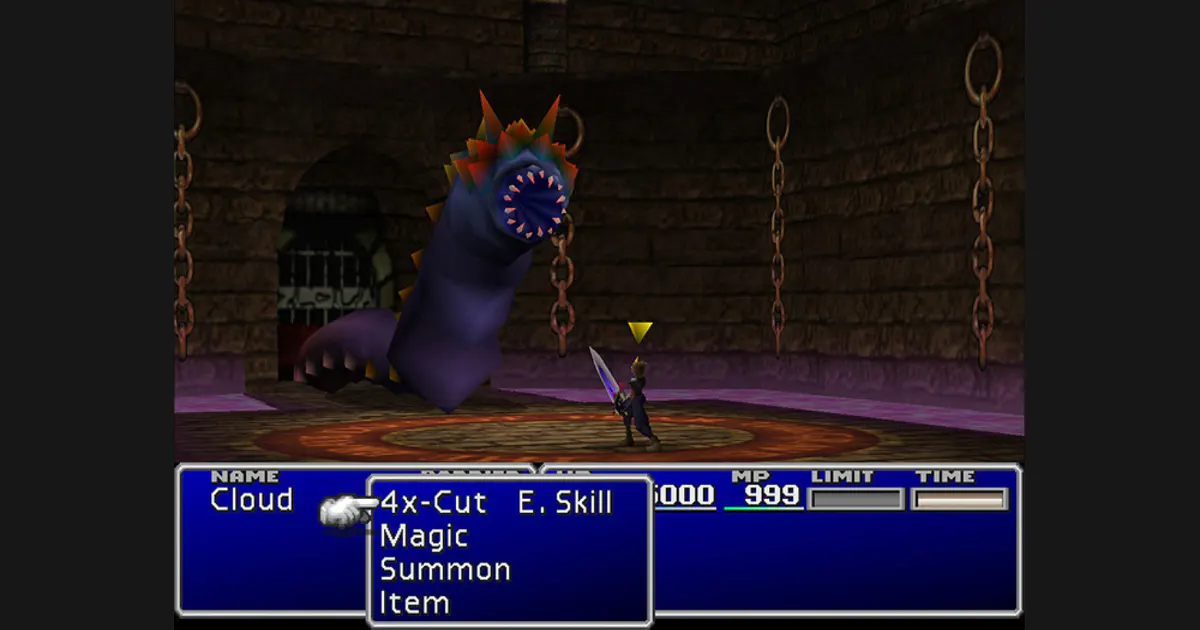
Final Fantasy VII propelled the series to global fame and revolutionized JRPGs with its move to 3D graphics and cinematic storytelling. Set in the dystopian city of Midgar and beyond, mercenary Cloud Strife joins eco-resistance group AVALANCHE in a battle against the Shinra Corporation and the enigmatic Sephiroth. FFVII introduced the versatile Materia system-spheres that grant spells and abilities-and the dramatic Limit Breaks. Its emotional plot, including the shocking death of a main character, left a lasting impact on gaming culture. With over 10 million copies sold, FFVII is hailed as one of the greatest and most influential video games, popularizing JRPGs worldwide and spawning films, spin-offs, and the ambitious Final Fantasy VII Remake.
Final Fantasy VIII (1999)
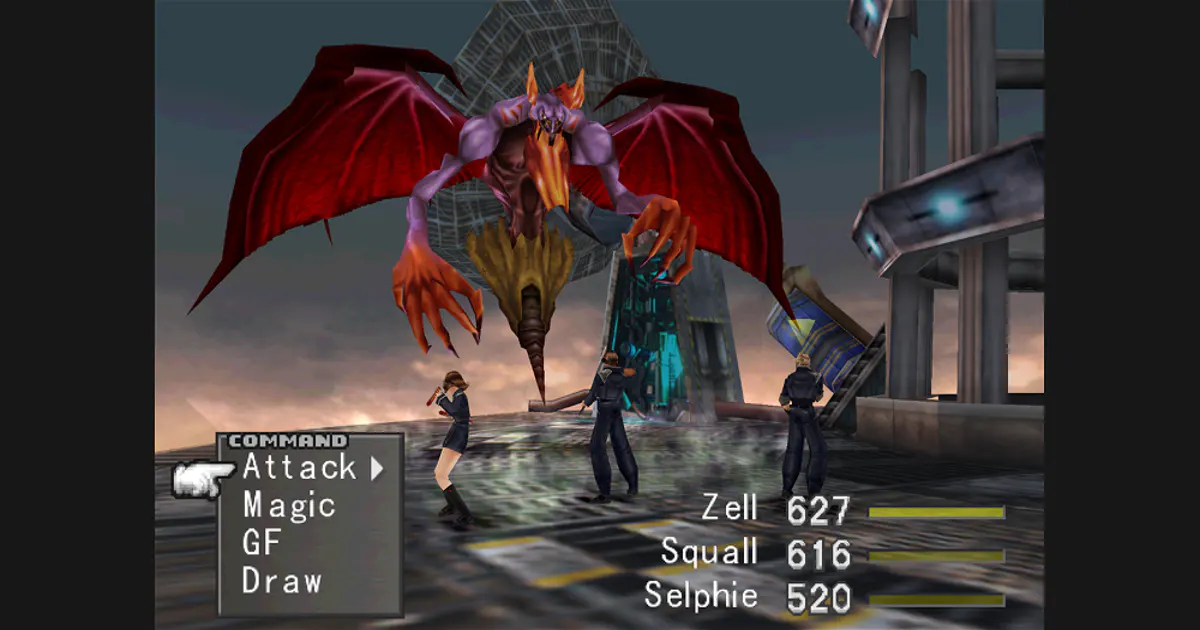
Final Fantasy VIII continued the series' 3D evolution with a more realistic art style and techno-fantasy setting. The story centers on Squall Leonhart, a cadet at Balamb Garden, as he becomes embroiled in a global conflict orchestrated by Sorceress Edea, while navigating a romance with resistance fighter Rinoa. FFVIII replaced MP with a Draw and Junction system: magic is drawn from enemies and equipped to stats, and Guardian Forces (summons) provide abilities. Enemies scale with the player's level, shifting focus to stat optimization. The popular "Triple Triad" card mini-game debuted here. FFVIII was a commercial hit but divided fans with its complex mechanics and time-compression plot, standing as one of the series' boldest experiments.
Final Fantasy IX (2000)
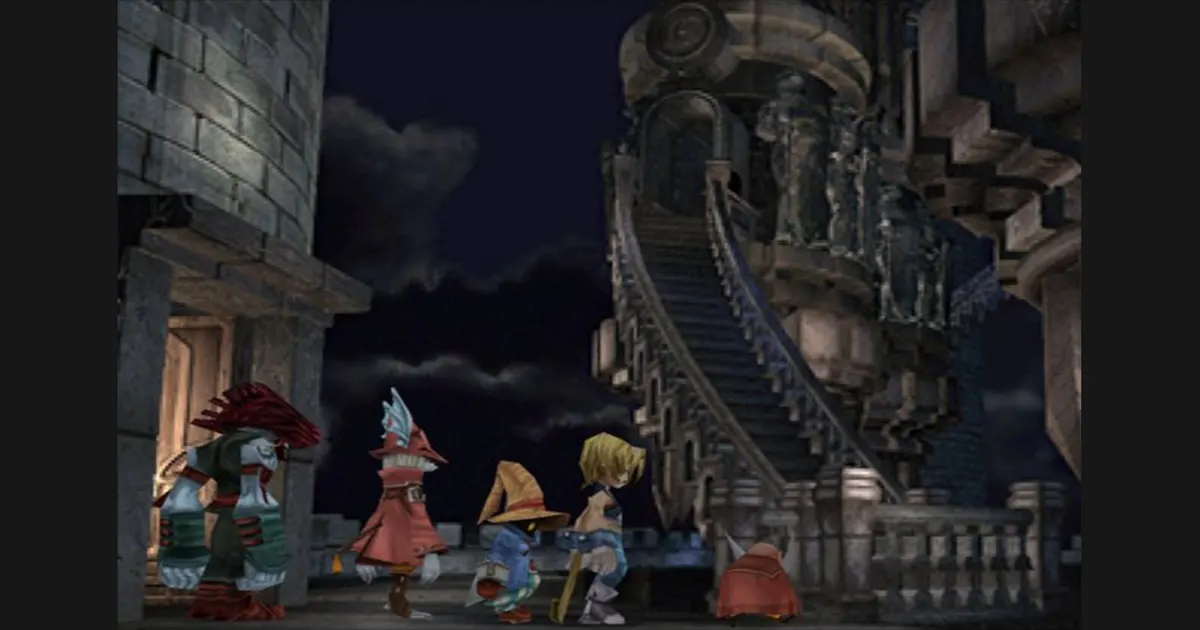
Final Fantasy IX is a love letter to the series' origins, returning to classic fantasy with swords, magic, and kingdoms. Set on Gaia during a war between realms, young thief Zidane Tribal kidnaps Princess Garnet but soon allies with her against Queen Brahne and the mysterious Kuja. FFIX employs a traditional class system, unique abilities per character, and a skill-learning system tied to equipment. The Trance mechanic, akin to Limit Breaks, powers up characters after taking damage. FFIX balances whimsical tone with deep themes of identity and mortality. Praised for its charm and nostalgia, it remains the highest-rated series entry on Metacritic and is cherished as the embodiment of "classic" Final Fantasy.
Final Fantasy X (2001)
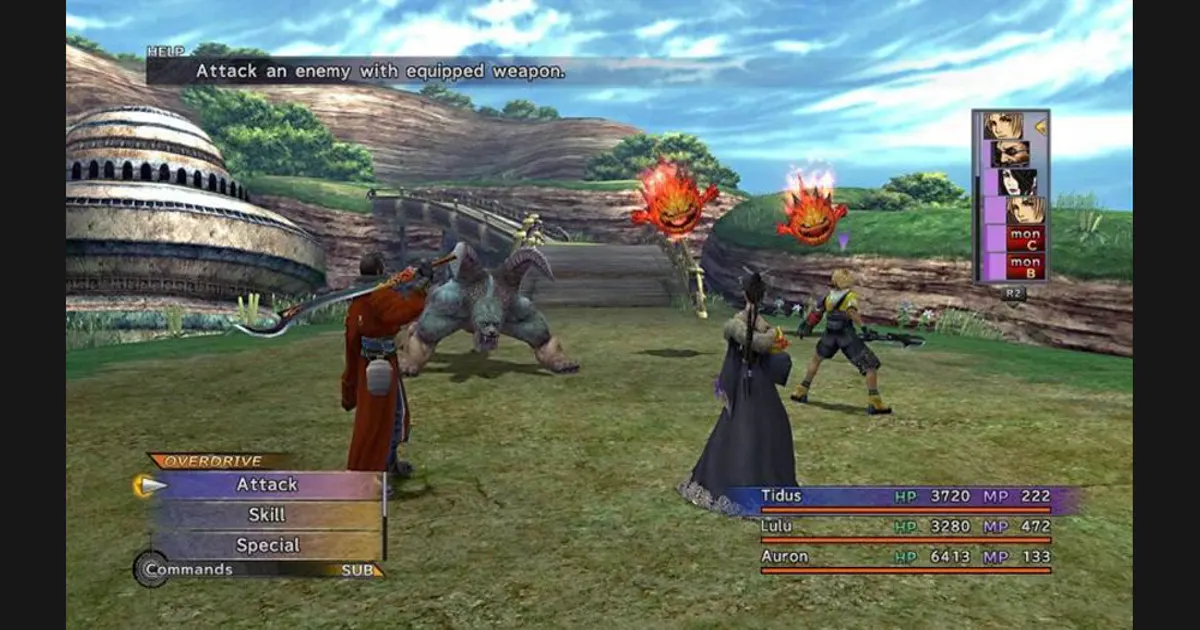
Final Fantasy X ushered the series into a new era on PlayStation 2, introducing fully 3D environments and voice acting. Set in the South Pacific-inspired world of Spira, protagonist Tidus is mysteriously transported 1,000 years into the future after an attack by Sin. He joins summoner Yuna's pilgrimage to defeat Sin and bring peace. FFX replaced ATB with Conditional Turn-Based (CTB) battles, featuring a visible turn order and strategic party swapping. The Sphere Grid system allowed unprecedented character customization. Summons (Aeons) became active combatants rather than one-off attacks. FFX was a critical and commercial triumph, selling over 8.5 million copies and becoming the first mainline FF to receive a direct sequel, Final Fantasy X-2.
Final Fantasy XI (2002)
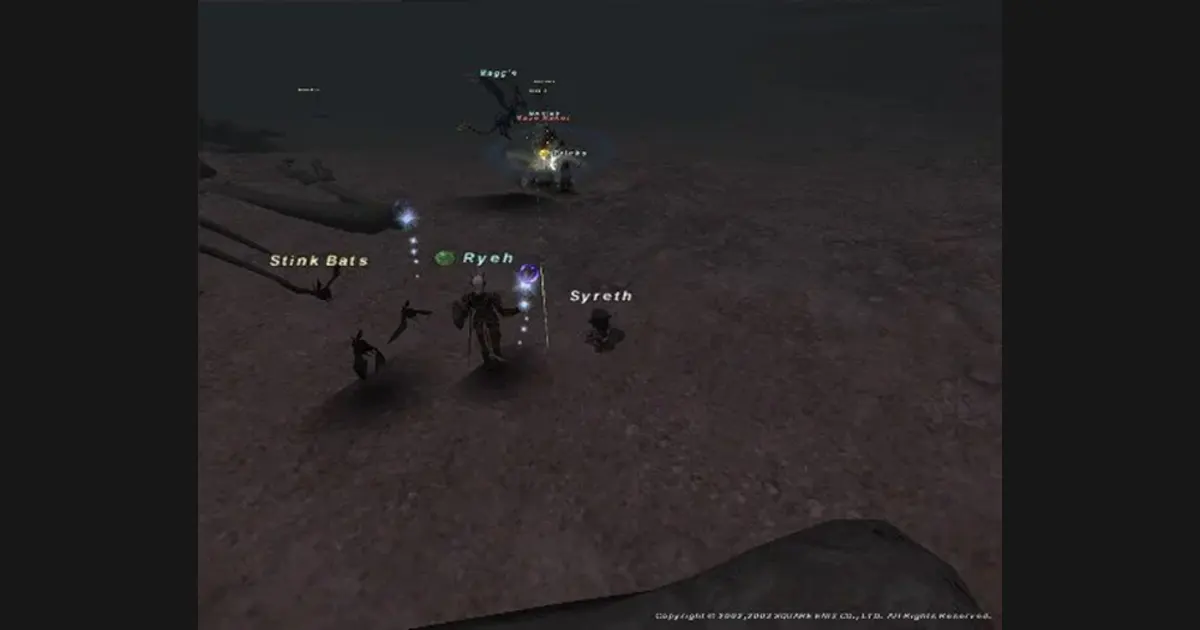
Final Fantasy XI broke new ground as the first MMORPG in the franchise and the first mainline online-only entry. Launched on PS2 and PC (and later Xbox 360), FFXI featured the vast world of Vana'diel, cross-platform play, and a player-created character system. Combat transitioned to real-time in open fields, with a strong emphasis on party roles and group coordination. The Job System returned, allowing main and sub-jobs for deep customization. FFXI's rich lore, community focus, and numerous expansions made it a massive success, peaking at 500,000 subscribers and over 2 million characters. Its legacy shaped future titles, particularly FFXIV, and established the viability of Final Fantasy as an online experience.
Final Fantasy XII (2006)
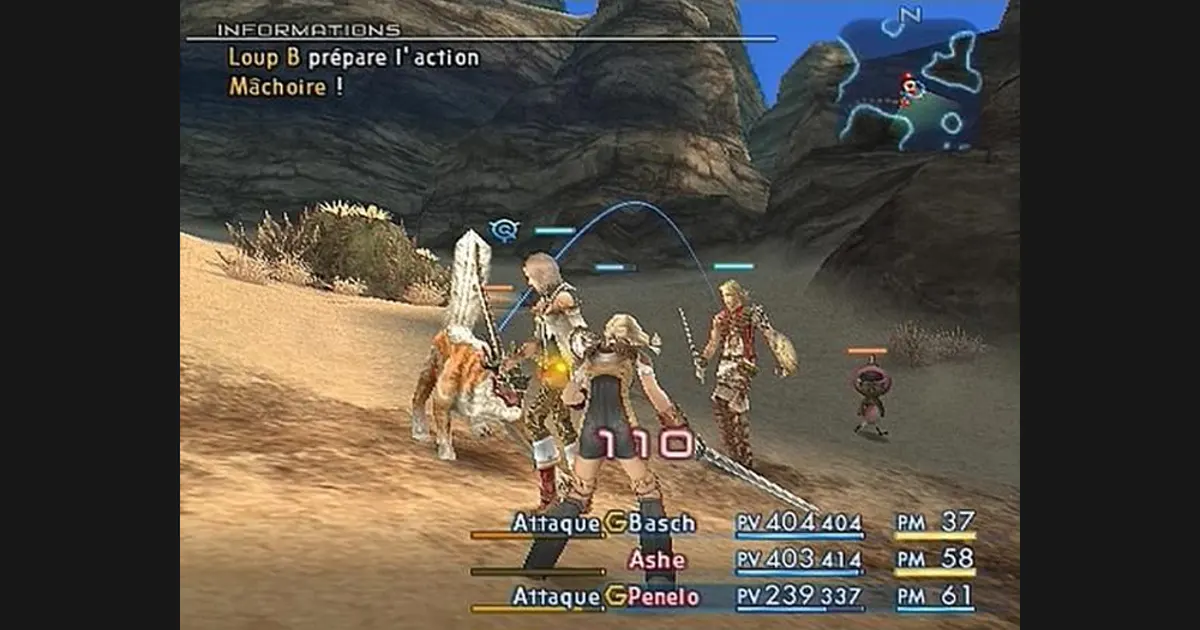
Final Fantasy XII offered a sweeping adventure in the politically charged world of Ivalice, first introduced in Final Fantasy Tactics. The story follows Princess Ashe, street orphan Vaan, and their allies as they resist the Archadian Empire. FFXII revolutionized gameplay with open zones, visible enemies, and the Gambit system-programmable AI for party members. The License Board replaced traditional leveling, allowing players to unlock abilities and equipment. The International Zodiac Job System later added specialized job boards for each character. FFXII's mature narrative, open-world design, and strategic depth earned critical acclaim and "Game of the Year" honors in Japan. The HD remaster, The Zodiac Age, further cemented its legacy as one of the most ambitious entries in the series.
Final Fantasy XIII (2009/2010)
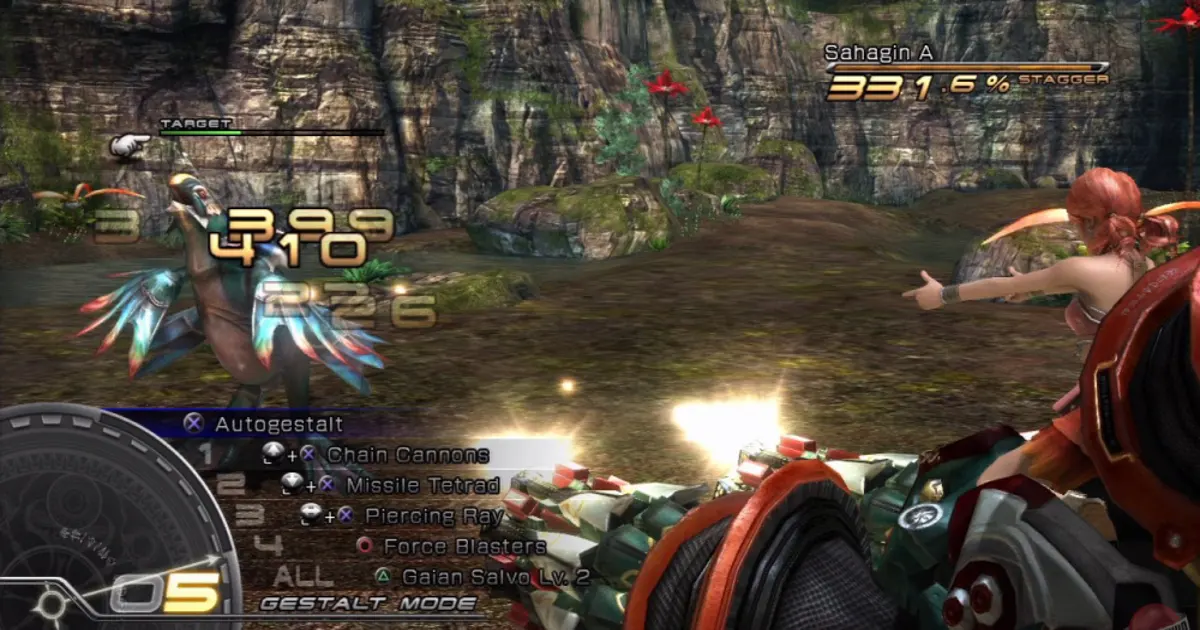
Final Fantasy XIII launched the series' HD era on PlayStation 3 and Xbox 360, spearheading the Fabula Nova Crystallis mythos and introducing the first trilogy in mainline FF. Set in the high-tech Cocoon and the wild world of Pulse, the story follows Lightning as she leads a group of marked l'Cie fugitives. FFXIII's dazzling visuals and cinematic flair were matched by the Paradigm system, a dynamic evolution of ATB. Players controlled one leader while shifting party roles ("Paradigms") on the fly for strategic depth. Battles focused on staggering enemies for massive damage. While criticized for linearity and lack of towns, the game's fast-paced combat and presentation were praised. FFXIII sold around 7 million copies and spawned direct sequels, expanding the series' reach and narrative scope.
Final Fantasy XIV (2010/2013)
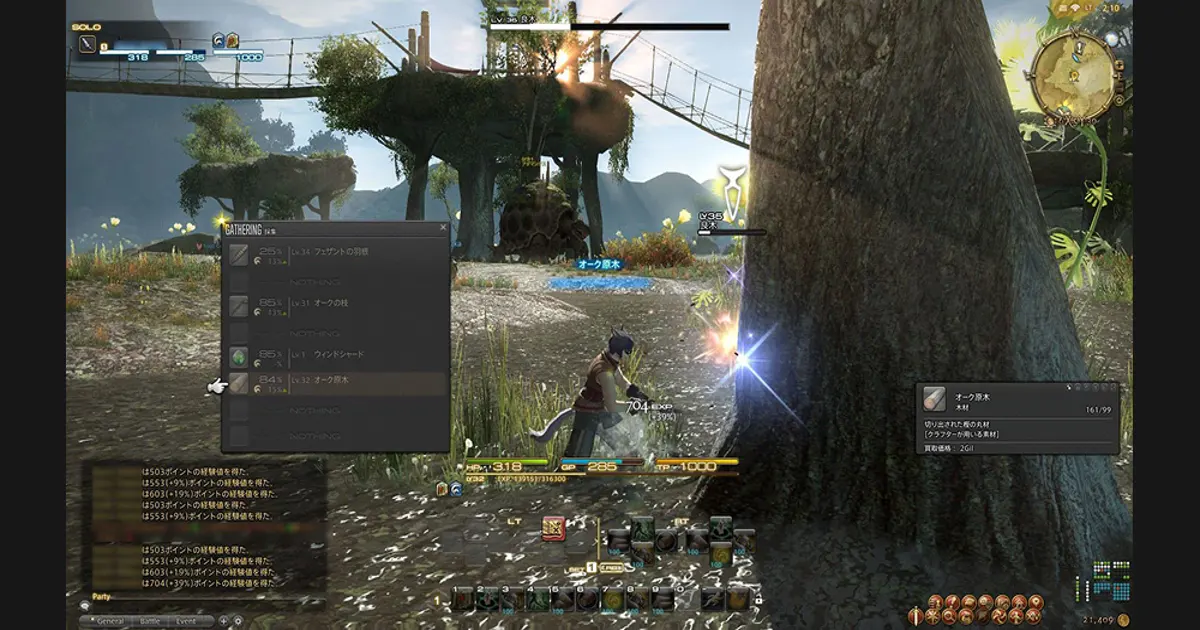
Final Fantasy XIV, the second MMO in the main series, initially launched in 2010 to poor reviews. In a bold move, Square Enix rebuilt the game from scratch, releasing Final Fantasy XIV: A Realm Reborn in 2013. Set in the lore-rich world of Eorzea, players created custom characters and explored vast landscapes, tackling story quests, dungeons, and raids. Drawing from successful MMOs, FFXIV featured robust content updates, group-based gameplay, and a thriving online community. Expansions like Heavensward, Stormblood, Shadowbringers, and Endwalker were lauded for their storytelling and design. Today, FFXIV is the franchise's most profitable entry, boasting millions of active players and showcasing that Final Fantasy can deliver deep narrative experiences even in an online format.
Final Fantasy XV (2016)
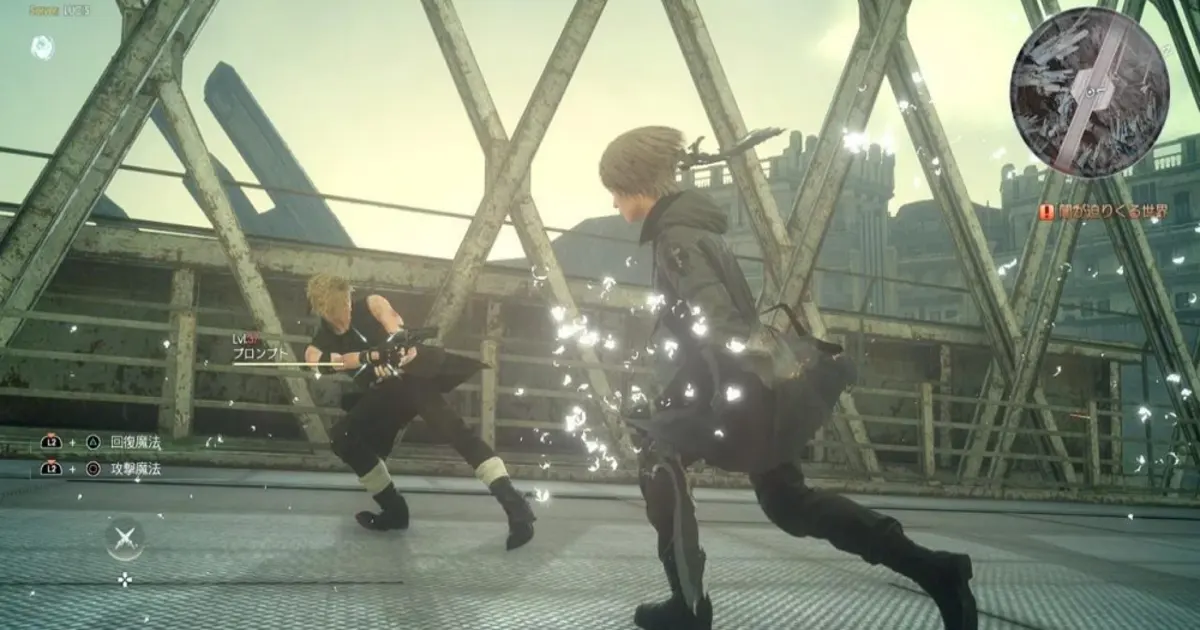
Long-awaited Final Fantasy XV marked a new era for the series, emphasizing action and open-world exploration. Set in the modern fantasy realm of Eos, the story follows Prince Noctis and his three companions on a road trip to reclaim their kingdom from the Niflheim Empire. FFXV's real-time combat allowed direct control of Noctis, using warp-strikes and combos for fluid, dynamic battles, while AI handled the rest of the party. The world was semi-open, with day/night cycles, monster hunts, and diverse side quests. Multimedia tie-ins (anime and CGI film) expanded the lore. Despite some narrative gaps, later patched and supplemented with DLC, FFXV sold over 10 million copies and drew new players with its modernized approach, demonstrating Final Fantasy's adaptability to contemporary trends.
Final Fantasy XVI (2023)
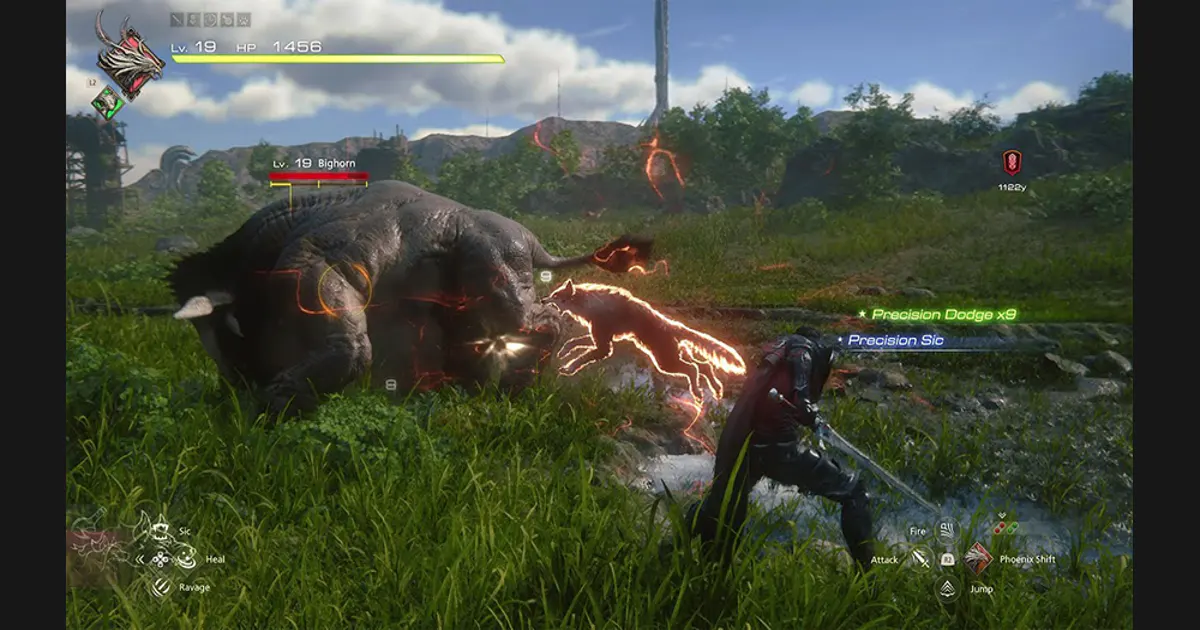
The latest mainline entry, Final Fantasy XVI, fully embraced action combat, becoming the first in the series to abandon turn-based elements for pure real-time gameplay. Set in the dark medieval-inspired world of Valisthea, ruled by Mothercrystals and giant summoned Eikons, the story follows Clive Rosfield's tragic journey intertwined with the Eikon Ifrit. FFXVI explores mature themes of war, political intrigue, and oppression, earning an 18+ rating. Combat is fast and combo-driven, with Clive mastering multiple Eikon abilities. Large-scale Eikon battles are presented as cinematic showpieces, each with unique gameplay. While more linear in structure, FFXVI was praised for its story, characters, and especially its action systems-though some longtime fans missed classic RPG elements. The game demonstrated Final Fantasy's willingness to radically reinvent itself, ensuring its relevance for new generations.
Key Spin-Offs
Final Fantasy Tactics (1997)
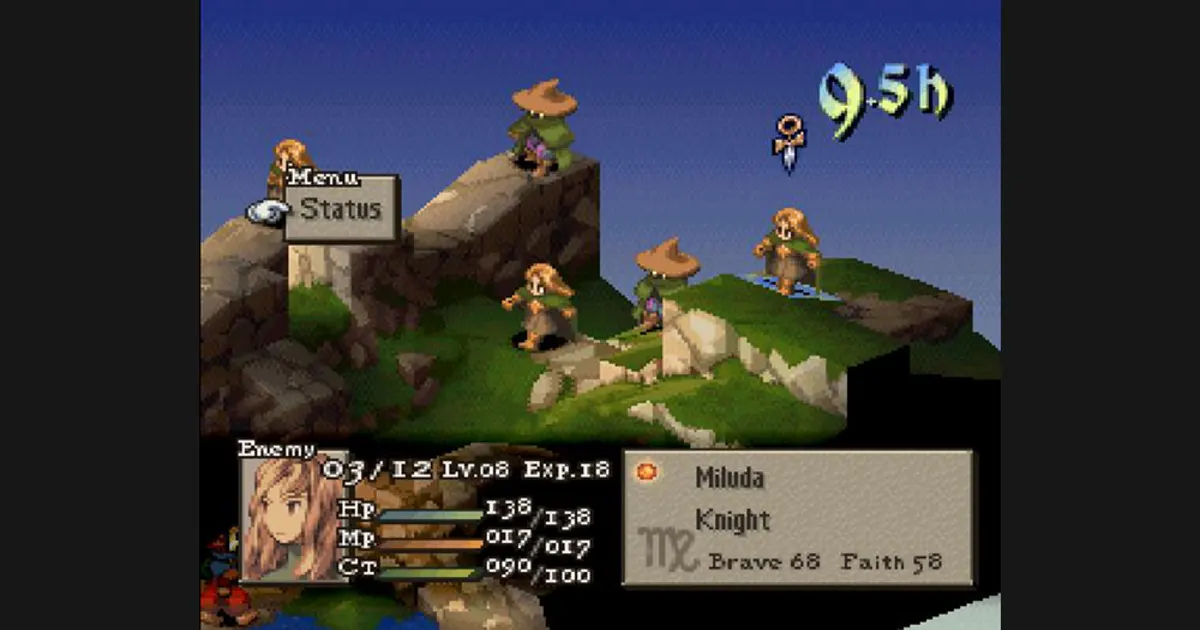
Final Fantasy Tactics is one of the franchise's most influential spin-offs, bringing tactical, grid-based combat and a mature, political narrative to PlayStation. Set in Ivalice during the War of the Lions, knight Ramza Beoulve becomes entangled in aristocratic and church conspiracies. Designed by Yasumi Matsuno, FFT introduced a deep job system adapted for strategy, with around 20 classes and the ability to combine skills. The game features 3D battlefields where positioning and elevation matter, and classic series elements like chocobos and summons. FFT's rich world inspired further titles, including Final Fantasy XII and the Ivalice Alliance games. Its legacy continues, with a remaster, The Ivalice Chronicles, slated for 2025.
Crisis Core: Final Fantasy VII (2007)
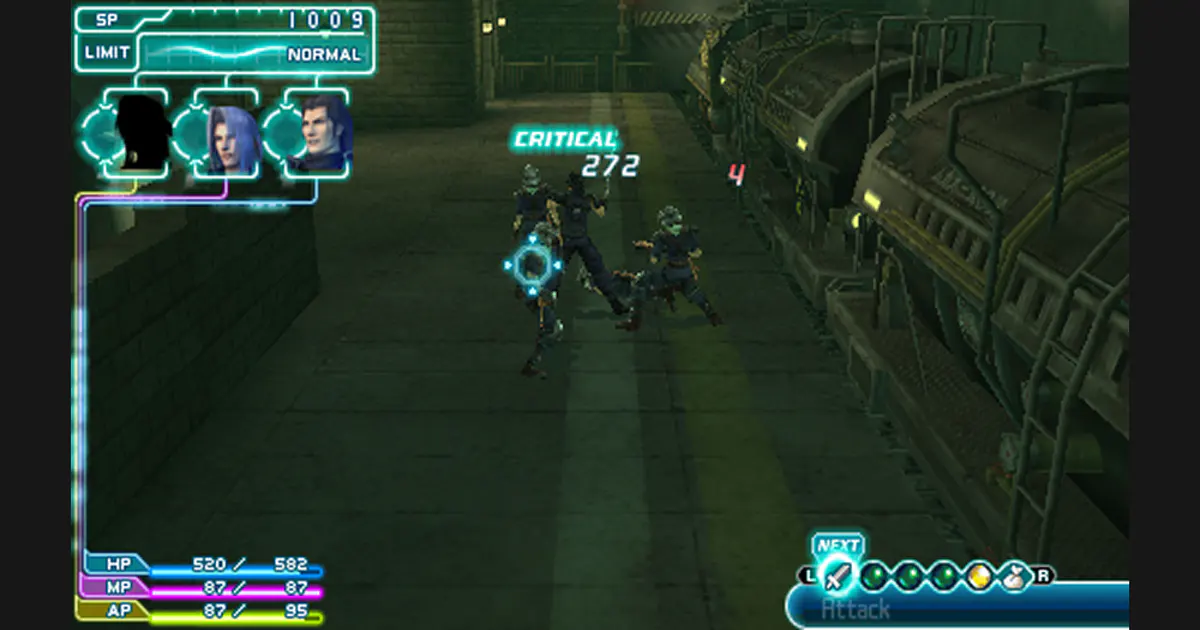
Crisis Core is a prequel to FFVII, focusing on SOLDIER Zack Fair, mentor to Cloud Strife. The game covers Zack's missions, Shinra's super-soldier projects, and the tragic events at Nibelheim leading to Sephiroth's downfall. An action-RPG, it features real-time combat and the unique Digital Mind Wave (DMW) slot system, triggering Limit Breaks and level-ups through random combinations. Crisis Core deepens FFVII's lore and delivers one of the franchise's most emotional finales. Well received for its story, it was remastered as Crisis Core Reunion in 2022, reflecting its lasting impact on the FFVII universe.
Final Fantasy Type-0 (2011)
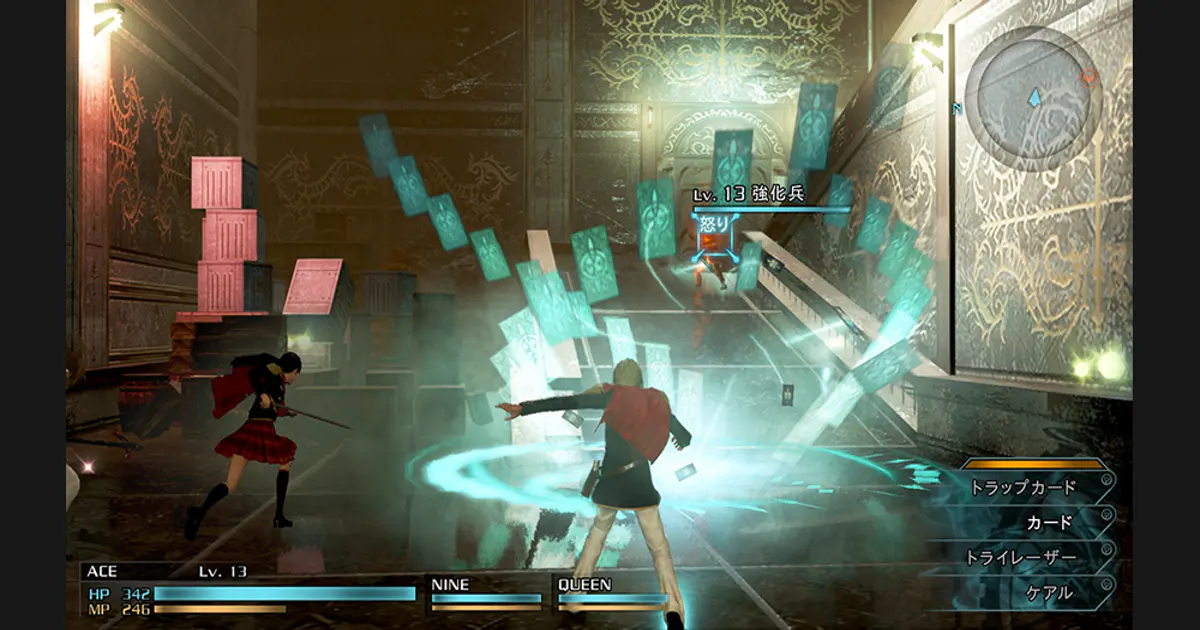
Final Fantasy Type-0 is a dark spin-off originally conceived as part of Fabula Nova Crystallis. Set in Orience, four nations vie for balance through their Crystals. When imperial forces invade, elite cadets of Class Zero defend Rubrum. The story is notably mature, depicting the harsh realities of war and sacrifice. Gameplay switches among 14 unique cadets, each with distinct weapons and styles, in real-time battles. Strategic elements include world map campaigns and ad-hoc multiplayer. Initially a Japan-exclusive, Type-0 HD released internationally in 2015. Its somber tone and innovations proved Final Fantasy could explore military drama and hybrid genres.
Other Notable Spin-Offs
Final Fantasy has spawned a variety of spin-offs, broadening its appeal and universe. Final Fantasy X-2 (2003) was the first direct mainline sequel, following Yuna's lighter, dressphere-driven adventure. Dissidia Final Fantasy (2008) brought together heroes and villains from across the series in a fighting game format, delighting fans with dream matchups and RPG elements. Crystal Chronicles (2003) introduced co-op action gameplay, while Theatrhythm Final Fantasy (2012 onward) celebrated the franchise's legendary music through rhythm games. Each spin-off, whether tactical, action, fighting, or musical, enriched the franchise and attracted new audiences.
Remakes and Re-Releases of Legendary Titles
Over the years, Square Enix has revisited its classics through remakes and remasters. The early 8- and 16-bit entries have seen numerous ports and updates, from enhanced PlayStation and GBA versions to full 3D remakes of FFIII and FFIV on the Nintendo DS. The Final Fantasy Pixel Remaster series (2021-2023) refreshed FF I-VI with modern pixel art, rearranged music, and improved interfaces. However, the crown jewel is undoubtedly Final Fantasy VII Remake (2020).
Final Fantasy VII Remake (2020)
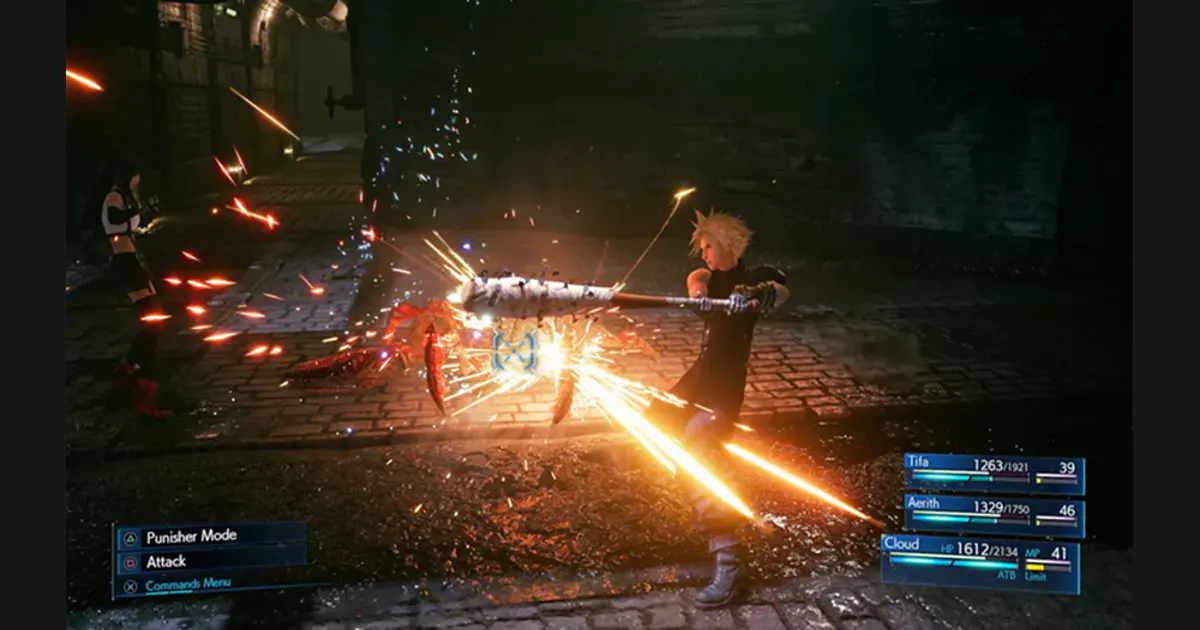
After decades of anticipation, Final Fantasy VII Remake reimagined the beloved classic with stunning visuals, expanded storylines, and real-time action combat. Covering just the Midgar portion of the original, the Remake turns a few hours of 1997 gameplay into a ~40-hour epic filled with new quests, scenes, and character development. Players directly control one character in battle (with tactical pausing for abilities) and can swap between party members. The story remains faithful but introduces new narrative elements like the mysterious Whispers of Fate, hinting at possible changes to the original plot. The revitalized soundtrack, engaging voice acting, and cinematic presentation have made FFVII Remake a critical and commercial hit, winning multiple awards and setting the stage for an ongoing remake trilogy.
Conclusion
Since its debut in 1987, the Final Fantasy series has continually evolved, embracing technical and gameplay innovation-from pixelated turn-based battles to cutting-edge real-time action. Mainline entries I-XVI chart the franchise's transformation, while spin-offs expand its universe through new genres and perspectives. Remakes and remasters bridge past and future, introducing legendary tales to new generations. Through it all, Final Fantasy retains its core: captivating worlds, memorable characters, emotional stories, and a spirit of innovation. Each installment is the "final fantasy" of its era, and together they form a mosaic that stands as a pillar of global gaming culture.